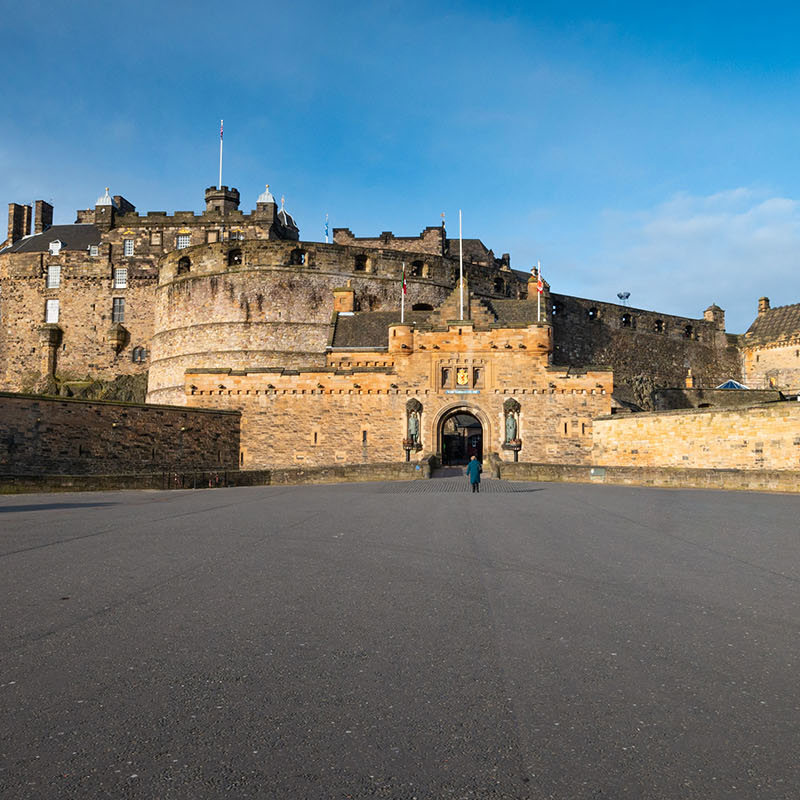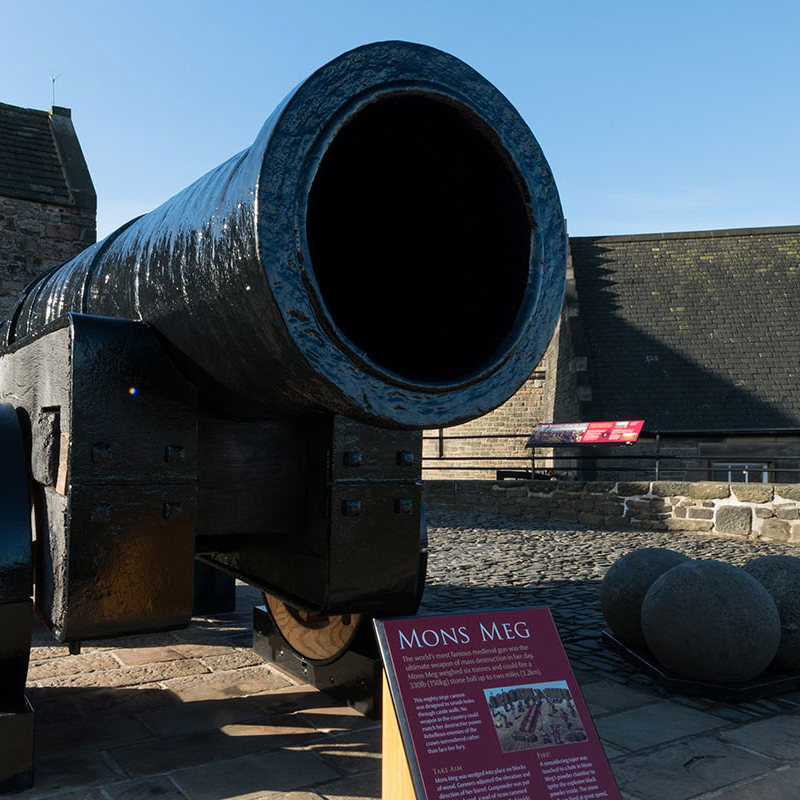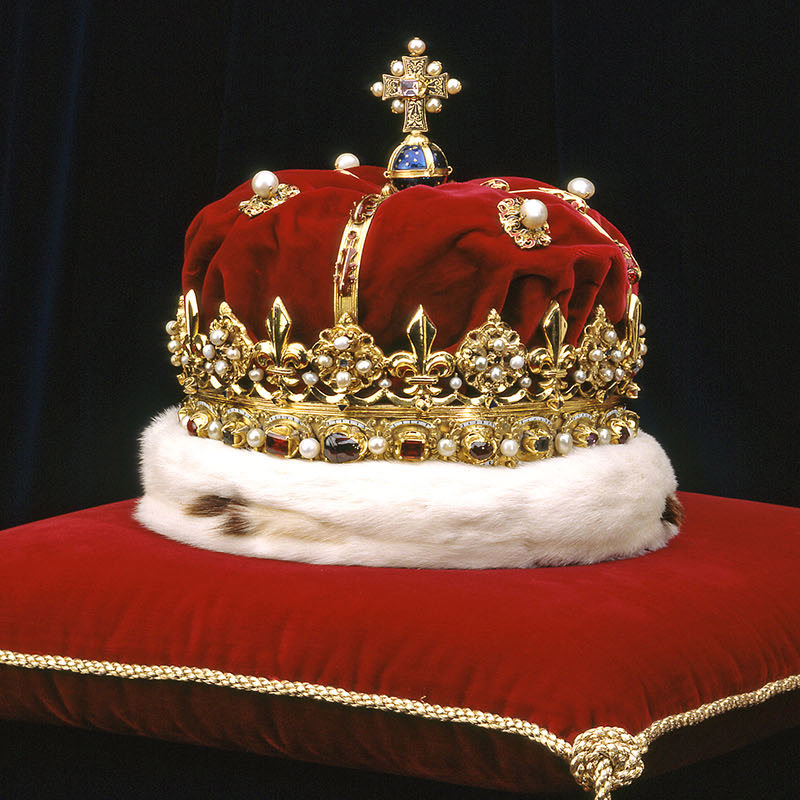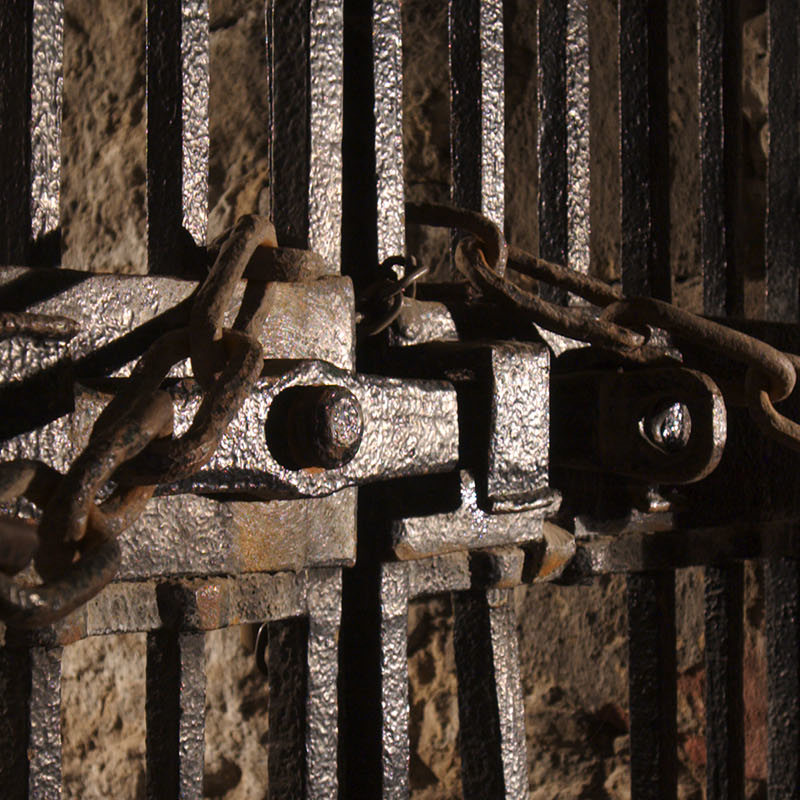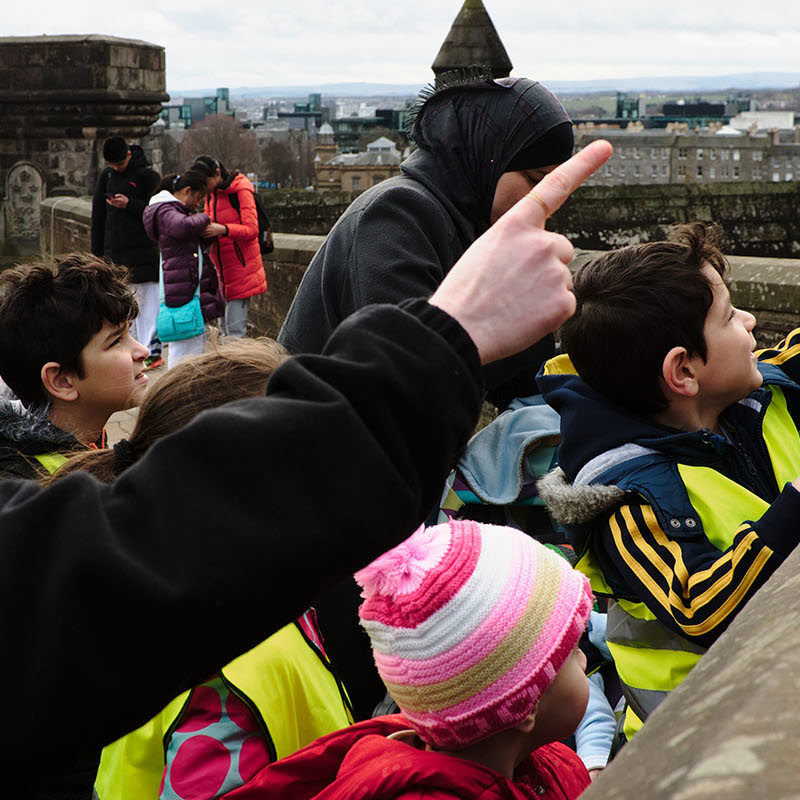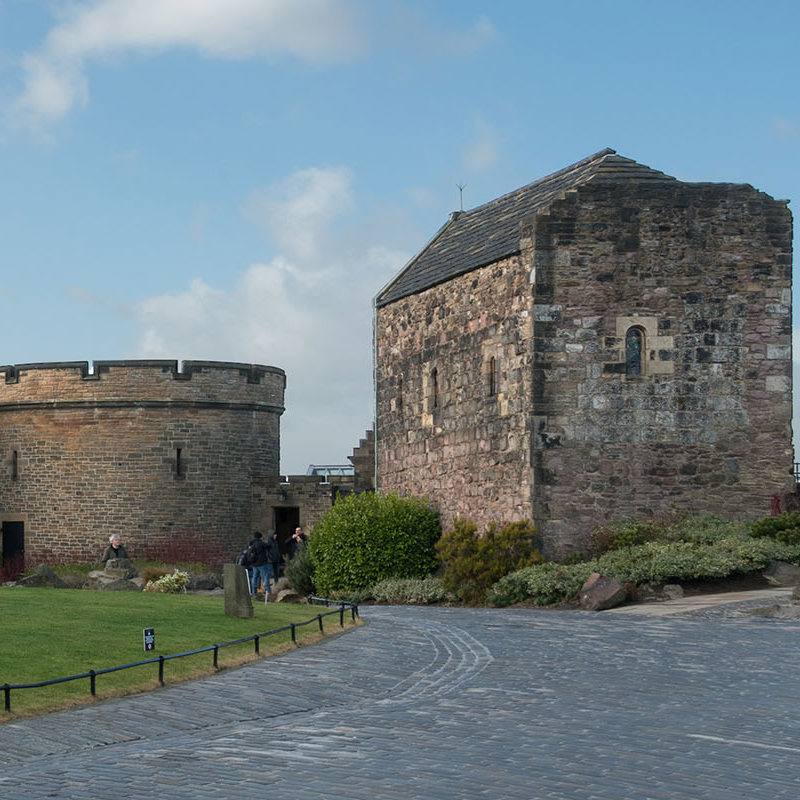
Afternoon
Explore all of Edinburgh Castle’s highlights in an afternoon. Stay for the sunset in autumn and winter, or indulge in afternoon tea at any time of year.
2-3 hours
-

Foog's Gate
Walk in the footsteps of countless soldiers through this oddly named gate. Built in the late 1600s, it was part of the major refortification by King Charles II – look for the musket and cannon openings on either side. Discover what new research tells us about the meaning of the gate’s mysterious name.
-

Mons Meg
Stare down the barrel of this six-tonne siege gun and imagine its awesome power. Given to King James II in 1457, Mons Meg could fire a 150kg gunstone for up to 3.2km (2 miles). One fired over the city to celebrate the marriage of Mary Queen of Scots landed in what is now the Royal Botanic Garden.
-

St Margaret's Chapel
Step inside the oldest building in Edinburgh. King David I had this tiny chapel built around 1130 in memory of his mother. For a time, it was the only part of the castle left standing. The chapel’s plain exterior belies the beauty within: look for the ornate original arches and stained glass windows from the 1920s.
-

Panorama of Edinburgh
From high upon the Castle Rock, the views are unrivalled. Look out from the battlements across Scotland’s capital city, the Firth of Forth and on to Fife. On a clear day, you can see the famous Forth Bridges, the Bass Rock and even Highland peaks like Ben Lomond – plus many of Edinburgh’s historic sights.
-

Dog Cemetery
Dobbler and Winkle are among the four-legged friends buried here since the 1840s. Some of the dogs were regimental mascots, others the beloved pets of army officers or even the castle governor. It wasn’t unheard of for a hound to travel the world on campaign with its military master.
-

Forewall Battery
Check out where the cannons on this battery are aimed. Built in the 1540s, the structure roughly takes the line of the castle’s medieval defences. The iron basket once held a beacon, which was lit to raise the alarm. The Fore Well, almost 34m deep, was the castle’s main water supply from the early 1300s.
-

Half Moon Battery
It is the curved rampart of the Half Moon Battery that gives Edinburgh Castle its distinct profile. This imposing structure was built over and around what was left of David’s Tower following the Lang Siege of 1573. For more than 200 years, bronze guns known as the Seven Sisters armed the battery.
-

David's Tower
Descend below the Half Moon Battery to see the remains of what had been the heart of the castle in the late 1300s. Though King David II died before his colossal tower was complete, it served as the royal residence for nearly 100 years. Destroyed in the Lang Siege, only atmospheric ruins survive today.
-

Honours of Scotland
Be dazzled by the oldest Crown jewels in the British Isles, first used together for the coronation of Mary Queen of Scots in 1543. Where the priceless crown, sceptre and sword of state were kept before the Crown Room was built is a mystery.
-

The Royal Palace
See where monarchs stayed when they sought the safety of this mighty stronghold. Above the entrance, spot the gilded initials MAH – for Mary Queen of Scots and her second husband Henry Stewart, Lord Darnley. Inside, find the fine fireplaces from the 1400s and the beautifully restored Laich Hall.
-

James VI Birth Chamber
Mary Queen of Scots chose the safety of the castle over the comfort of Holyroodhouse for the birth of James VI in 1566. Enter the little room where the future king, first monarch of both Scotland and England, was born. The décor is just as it was for his return to the castle in 1617 to celebrate his golden jubilee.
-

The Great Hall
Gaze up at the original hammerbeam roof and carved stone corbels of the impressive hall where King James IV held state ceremonies. Completed in 1511, the Great Hall was restored to its former glory in the 1880s – though its roof was left untouched. A remarkable collection of weapons and armour is on display.
-

Scottish National War Memorial
Reflect on the sacrifice made by those who fell in the First and Second World Wars and subsequent military campaigns. This remarkable memorial was opened in 1927, drawing on the talents of some of Scotland's finest artists and craftsmen and women.
